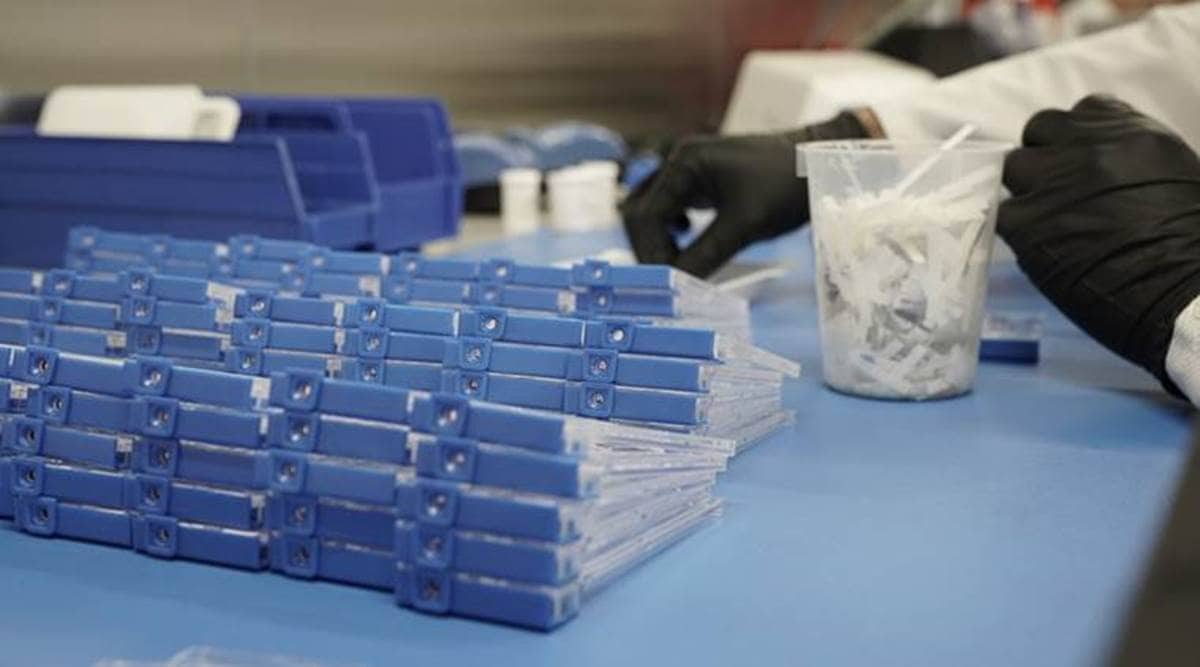Here’s what you need to know about COVID-19 home-testing kits
Each kit provides instructions and a biohazard bag to be safely disposed of after testing. The test is designed to be done using a nasal swab, says a doctor

In the second wave of Covid infection, there is a lot of pressure on diagnostic labs to quickly give reports so that medications and other things can start if a person has tested positive for the infection. In order to lessen the pressure on labs, the Indian Council of Medical Research (ICMR) has approved COVID-19 home testing using Rapid Antigen Tests (RATs).
It should be noted the self-use test can be used by symptomatic individuals and immediate contacts of confirmed cases, as per ICMR guidelines. Users of this test will not need sample collection by a healthcare professional. This will also ease pressure on overburdened labs and reduce delays in testing.
Explaining this further, Dr Md Shakeel Ahmed, head emergency medicine, Fortis Hiranandani Hospital, Vashi, says that according to ICMR, individuals who test positive using the home testing kit may be considered as true positives, and no-repeat testing is required.
How does the home-testing kit work?
Each kit provides instructions and a biohazard bag to be safely disposed of after testing. The test is designed to be done using a nasal swab (not the deep nasopharyngeal swab) to reduce the discomfort. The kit is supposed to provide results in 15 minutes and people who test positive should immediately isolate so they do not infect others. They must also contact the local municipal bodies and their healthcare provider. Those who test negative and continue to experience COVID-like symptoms should seek follow-up care from their healthcare provider and conduct an RT PCR test, the doctor suggests.
How to know if someone has tested positive?
Dr Ahmed says the kit has a control line and a test line that will indicate the result. “If both control line C and test line T appear in the cartridge, the presence of novel coronavirus antigen is confirmed, and the result is positive. This takes up to around 15 minutes.”
Additionally, if “only quality control line C appears, but the test line T does not appear, it indicates novel coronavirus antigen has not been detected and the result is negative”.
If the quality control line C is not observed, it will be invalid regardless of whether there is a test line T. “In this case, the test shall be conducted again.”
Any disadvantages of this test?
“There could be possible discomfort while sample collection, if you do not do it correctly. Also, RATs have the tendency to interpret incorrect results. The other possibility is that people may test positive and resort to self-medication which could be harmful to them,” warns Dr Ahmed.
Preparations before the test
– It is important you find a clean place to do the test.
– Identify a table and sanitize the surface thoroughly.
– Wash your hands with soap, and make sure they are dry before you perform the test.
– Tear the pouch and lay the contents of the kit on the table.
– Before you proceed, download the app mentioned in the testing kit and fill in the credentials. This is important so that no positive case is missed.
For more lifestyle news, follow us: Twitter: lifestyle_ie | Facebook: IE Lifestyle | Instagram: ie_lifestyle
Source: Read Full Article
